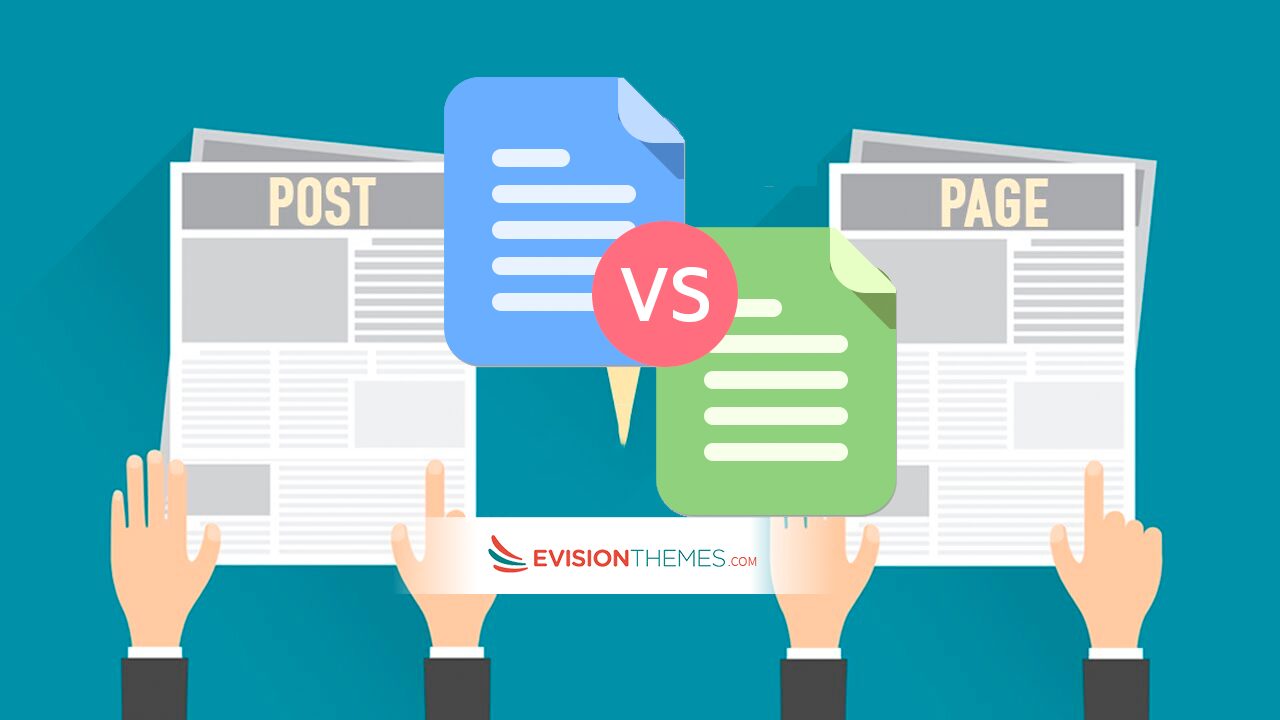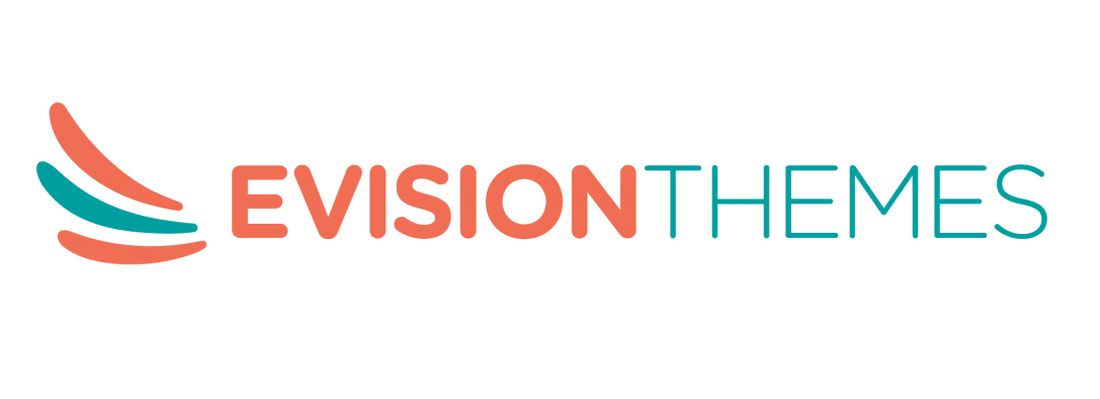WordPress comes with two content types by default: posts and pages. WordPress beginners often get confused between them. They have similar options in the dashboard and look the same on your website. So you may be wondering why we have them both if they are just the same.

Posts and pages have different unique features and are different from each other in many aspects. Let’s learn the difference between the two.
WordPress Posts
WordPress posts are non-static, and sorted in reverse chronological order. Due to their nature of being sorted in reverse chronological order, the most recent post will be at the top followed by earlier posts. Hence, as new posts are published, the older posts are pushed further below.
The posts can be arranged into categories and tags. This helps the viewers to navigate through your content and find what they are looking for. You can add the comment option into your post to get feedbacks from your viewers. This way you will be able to increase engagement of your visitors in your site. Posts also contain social share buttons.
Since the posts are published with time and date basis, they are syndicated through the RSS feeds. This allows your readers to be notified of your most recent post update via RSS feeds.
Posts will be your major content type if you are creating a blog or a news / magazine website. Pages can be your major content type if your website is for a company, organization.
WordPress Pages
Pages include the static and timeless contents of your website. Some of the correct uses of pages would be to create your privacy policy, contact information etc. They are not sorted in a chronological order, but are hierarchical by nature. This feature allows you to organize your pages together, and even assign a custom template to them.
Pages are not arranged into categories and tags. They are not meant to be interactive. Hence, they don’t contain comments and social share buttons.
WordPress comes with a feature that allows you to create custom page templates. This allows developers to customize the look of each page when necessary.
Posts and Pages: Key Differences
- Posts are timely but pages are timeless.
- Pages are hierarchical but posts can be categorized.
- Posts are social but pages are not.
- Posts are included in RSS feed but pages are not.
- Pages have custom template feature vs. posts do not.
These key differences between posts and pages are by default. You can use plugins to extend the functionality of post and page.
In Conclusion
We hope, now, you have no confusion between WordPress’ posts and pages. If you still have any question, you can leave us a comment. We will try to answer any question you may have.
